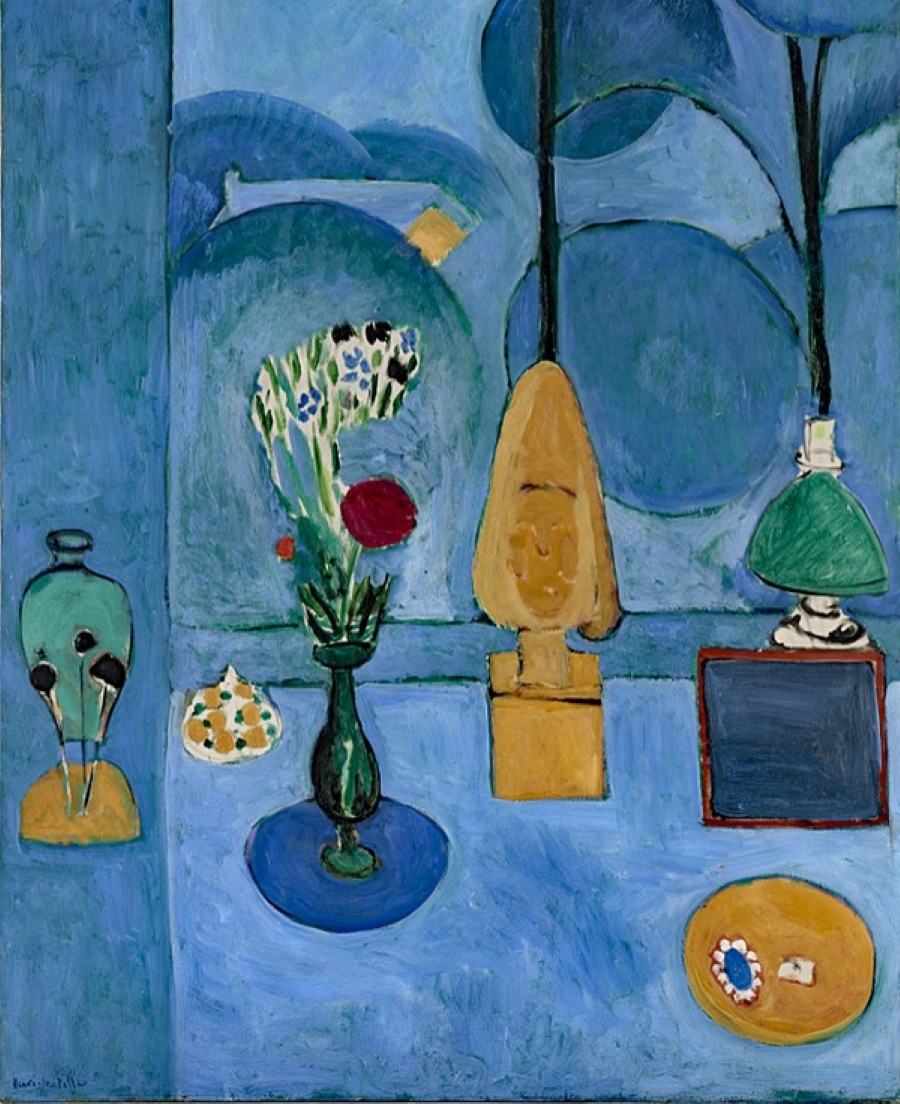Sydney (Paddington)
ArtsNational Sydney welcomes you.
You are warmly invited to join us at ArtsNational Sydney to explore the world of the arts. Attracting pre-eminent UK and Australian experts in 2024, we present a series of stimulating lectures. Visual and performing arts, history and literature form the basis for the eight beautifully illustrated lectures presented during the year. We meet in Paddington, about 4 kilometres from the Sydney CBD. You will be able to share refreshments after each lecture with like-minded members in a convivial and welcoming atmosphere. In addition, we are offer two Interest Days each year which comprise of three lectures, morning tea & lunch.
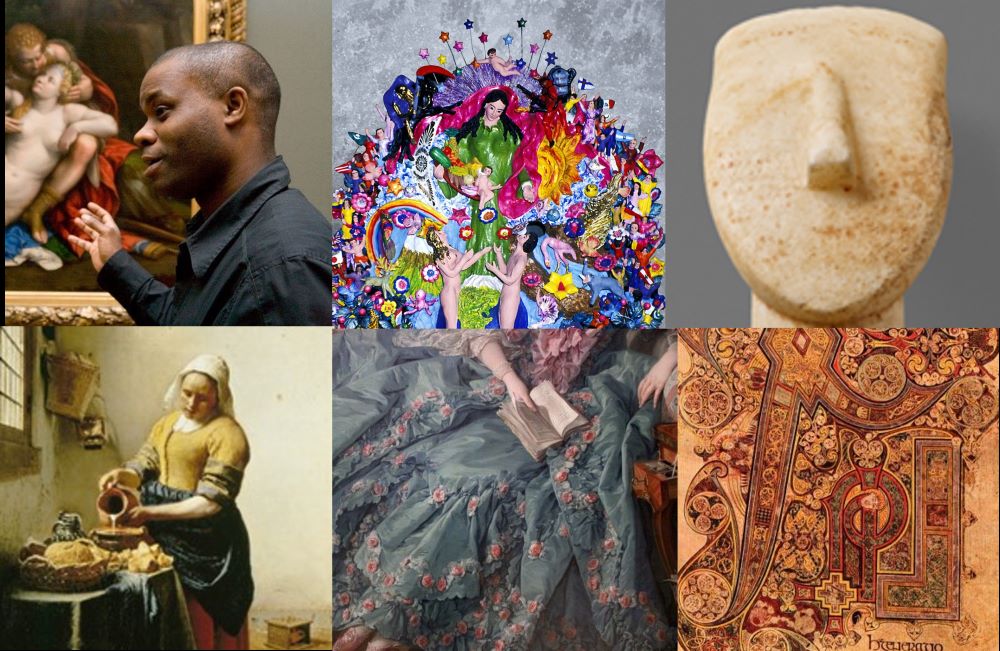
Lectures:
Venue:
Lectures are held in the Paddington Uniting Church, 395 Oxford Street, Paddington
Time:
Lectures are held on Thursdays at 12:30 pm and 6:00 pm.
Membership:
Annual membership
$195 for renewing members
$225 for new members which includes a $30 joining fee
Click here to join
Guests welcome:
Guests are very welcome for $30 per lecture
Contact:
For all enquiries please email: sydney@artsnational.au
ABN: 17 348 238 697
Committee
Chair: Brian Young
Treasurer: Andrew McWhinnie
Membership: Brian Young Ph: 0417 549 711
2024 PROGRAM
Thursday 7 March 2024
CONSTANTIN BRANCUSI AND 20TH CENTURY SCULPTURE
Presented by David Worthington
Time & Venue: 12:30pm and 6:00pm. Paddington Uniting Church, 395 Oxford Street, Paddington
Brancusi was the son of a peasant from a mountainous province of Romania, yet became internationally famous and is now seen as one of, if not the, most important sculptors of the 20th century. How did this happen and what is so special about his work? Brancusi combined Romanian wood working tradition with Belles Arts training. He also had an intuitive understanding of the significance of engineered products. A great friend of the inventor of conceptual art, Marcel Duchamp, Brancusi is an enigmatic contradiction. This will be explored in this lecture, along with his relevance to 20th century sculpture.
David has been drawn to abstract sculpture since seeing a Barbara Hepworth in a school book. He graduated in Philosophy and Theology from Oxford in 1984, then studied fine art in London, Barcelona and New York. A sculptor with many international commissions, he also curates and writes about art. He was shortlisted for the Jerwood Sculpture Prize in 2009. David is a Fellow of The Royal Society of Sculptors and was Vice President in 2010-13.
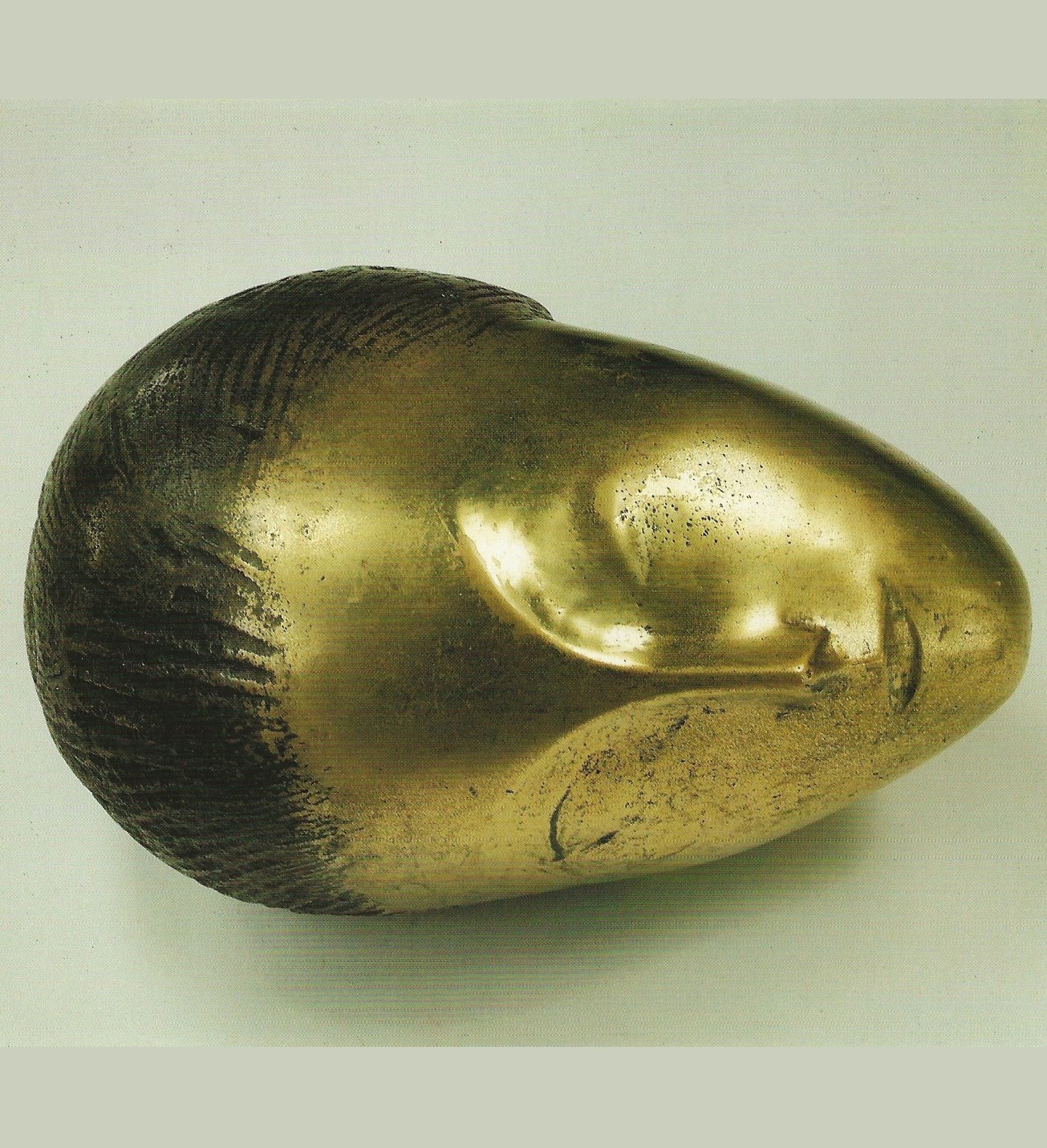
Wednesday 10 April 2024
‘I WILL LIFT MINE EYES’ – THE CATHEDRALS, ABBEYS AND MINSTERS OF ENGLAND AND WALES, THEIR ORIGINS AND JOURNEY THROUGH A THOUSAND YEARS OF BRITISH HISTORY
Presented by John Swainston
Time and venue: 12:30pm and 6:00pm. Paddington Uniting Church, 395 Oxford Street, Paddington
In this talk, John lays out the history of Saxon churches, the Norman invasion and the start of one of the most prolific building periods of structures of scale previously unknown in Britain. John’s photographs explore the extraordinary technological feats of the Masons and other artisans who solved a myriad of construction challenges, despite initial tower collapses, lightning strikes, fires and other objects in the path of completing these remarkable buildings. The presentation concludes with an enveloping audio-visual experience of images of all of Britan’s Anglican cathedrals, accompanied by sacred music.
British born, John Swainston migrated with his family to Sydney over 50 years ago. He has spent 50 years in the Australian and international photographic industries, including 24 years as Managing Director of Maxwell Optical Industries, the distributor of Nikon photographic equipment. In 2018 and 2019, he was president of the Australian Institute of Professional Photography, of which he was made an Honorary Fellow in 2005. John has been a broadcaster, writer and international speaker. John’s book, I will lift up mine eyes, is due to be published in 2024.
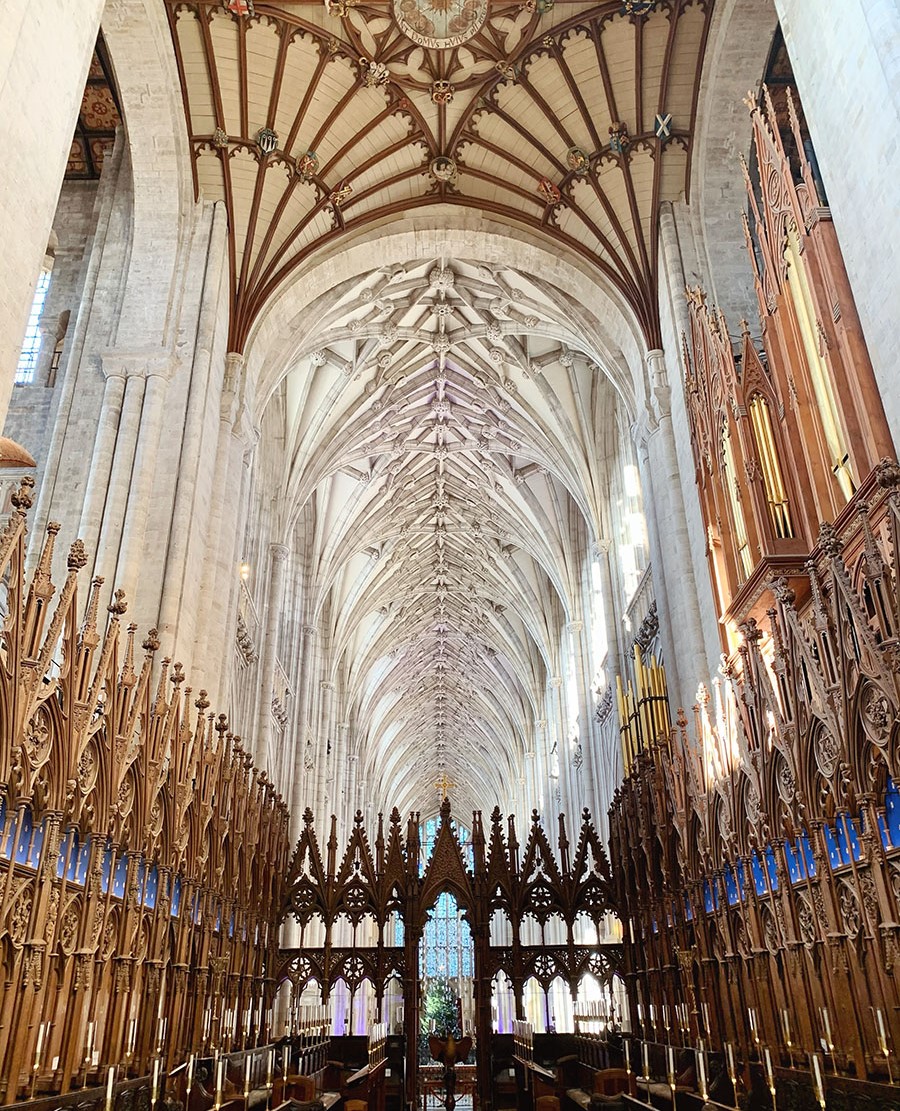
Thursday 16 May 2024
12:30pm lecture: THE GENIUS OF RENE LALIQUE
6.00pm lecture: BOTTOMS UP! A HISTORY OF WINE, ITS RITUALS AND VESSELS
Presented by Andy McConnell
Venue: Paddington Uniting Church, 395 Oxford Street, Paddington
12:30pm lecture: THE GENIUS OF RENE LALIQUE
René Lalique was the 20th century’s greatest glass designer/entrepreneur. Lalique’s extraordinary work was unrivalled, combining his unique visual sense with a perfect understanding of glassmaking technologies and revolutionary approach to marketing. This talk is a visual feast, covers Lalique’s early work in jewels and furniture before he dedicated the remainder of his life, c1905-45, to glass. His output spanned simple, pressed cosmetic pots through car mascots and stemware to the unique cire perdu [lost wax] vases that today can command tens and even millions of pounds.
6.00pm lecture: BOTTOMS UP! A HISTORY OF WINE, ITS RITUALS AND VESSELS
Wine has sustained humanity for almost 10,000 years. While causing wars and riots, it’s also helped broker peace and more commonly served as an aphrodisiac. Wine has been personified in the form of Gods and has been a catalyst in civilised entertaining and dining rituals. Bottom’s Up! traces the story of wine throughout the ages. It also examines the extraordinary art and artefacts created throughout history to enhance the pleasure of wine. The talk visits the ancient world, the Middle Ages, the Renaissance and 18th century Britain, culminating today, when more wine is being consumed than ever.
Andy has dealt in antiques since adolescence but served an apprenticeship in journalism. After working in music, film and television, he returned to writing in 2004, authoring the The Decanter, An Illustrated History of Glass From 1650. He followed this in 2006 with Miller’s’ 20th Century Glass. He continues to write and runs Britain’s largest antique glass gallery in Rye, Sussex. Andy is best known as the humorous glass specialist on BBC’s evergreen Antiques Roadshow.
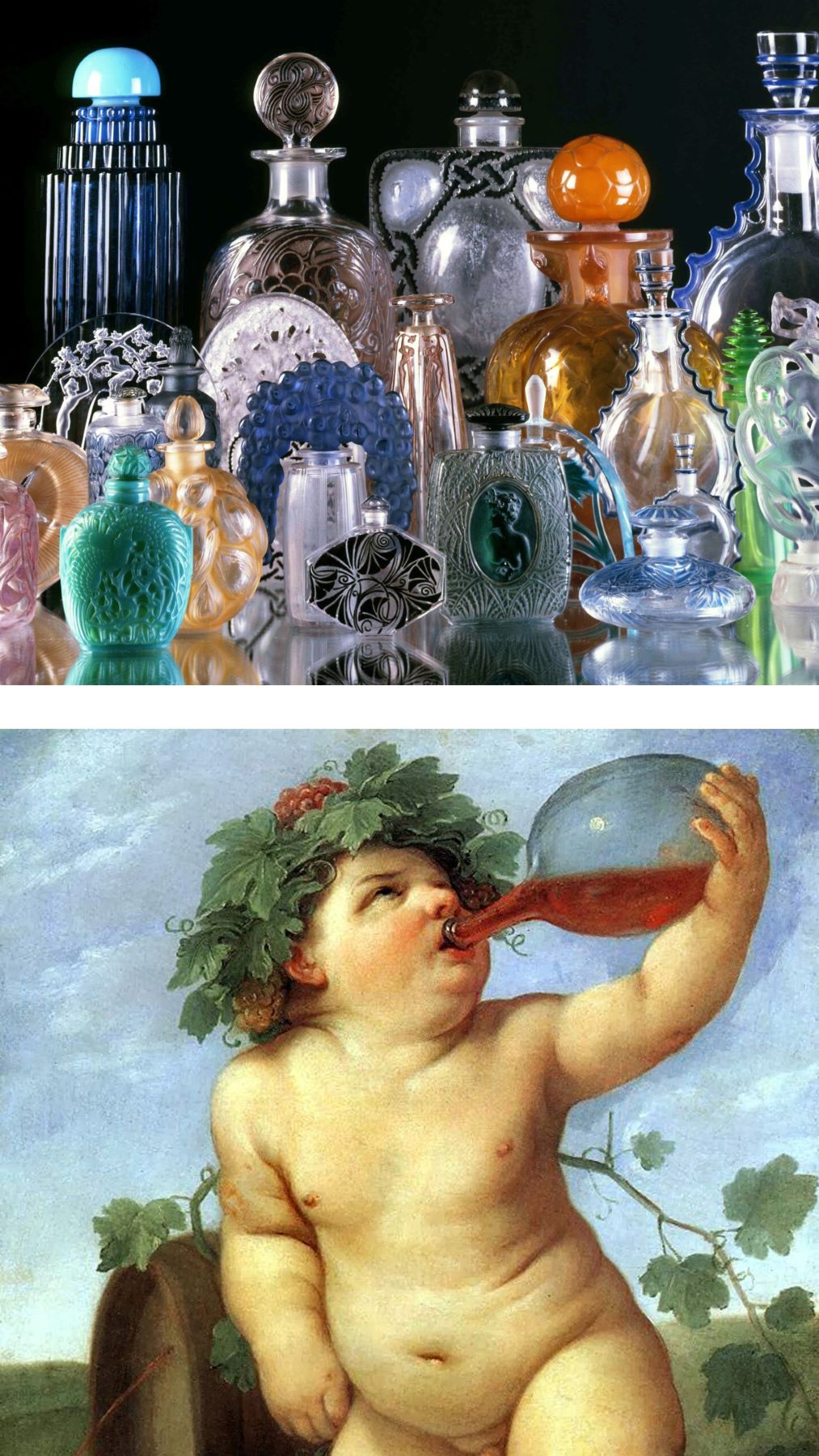
Friday 17 May 2024
INTEREST DAY: 5000 YEARS OF GLASS IN 3 HOURS
Time: 9:45 for 10:00am to 3:00pm
Venue: The Royal Sydney Golf Club Kent Road, Rose Bay
Cost: Includes morning tea/coffee & lunch
$150 per member
$175 per guest
First formed by accident 5,000 years ago on an Iraqi beach, glass has gradually evolved into Mankind’s most important creation and its greatest tool in shaping the modern world, most significantly due a single object, the lens.
By its nature, glass is virtually invisible and out-of-sight means out-of-mind. As a result, most people are oblivious to its impact on our daily lives. From lenses, though architecture and transport to the fibre-optic cables that connect the world. And that’s not to mention the glasses that sit in our hands of an evening!
Lenses enable the poor-sighted to see and scientists to work. Without glass, our homes would be little more than lightless caves, there would be no screens, for cars & planes, televisions or phones. There would be no functional or artistic glassware.
This talk traces the history of glass from its earliest beginnings, demonstrating how its gradual evolution has benefitted us and our forebears. We’d be lost without glass, Mankind’s greatest discovery and tool. As a scientist once said, ‘Glass is the answer. Now, what’s the question?’
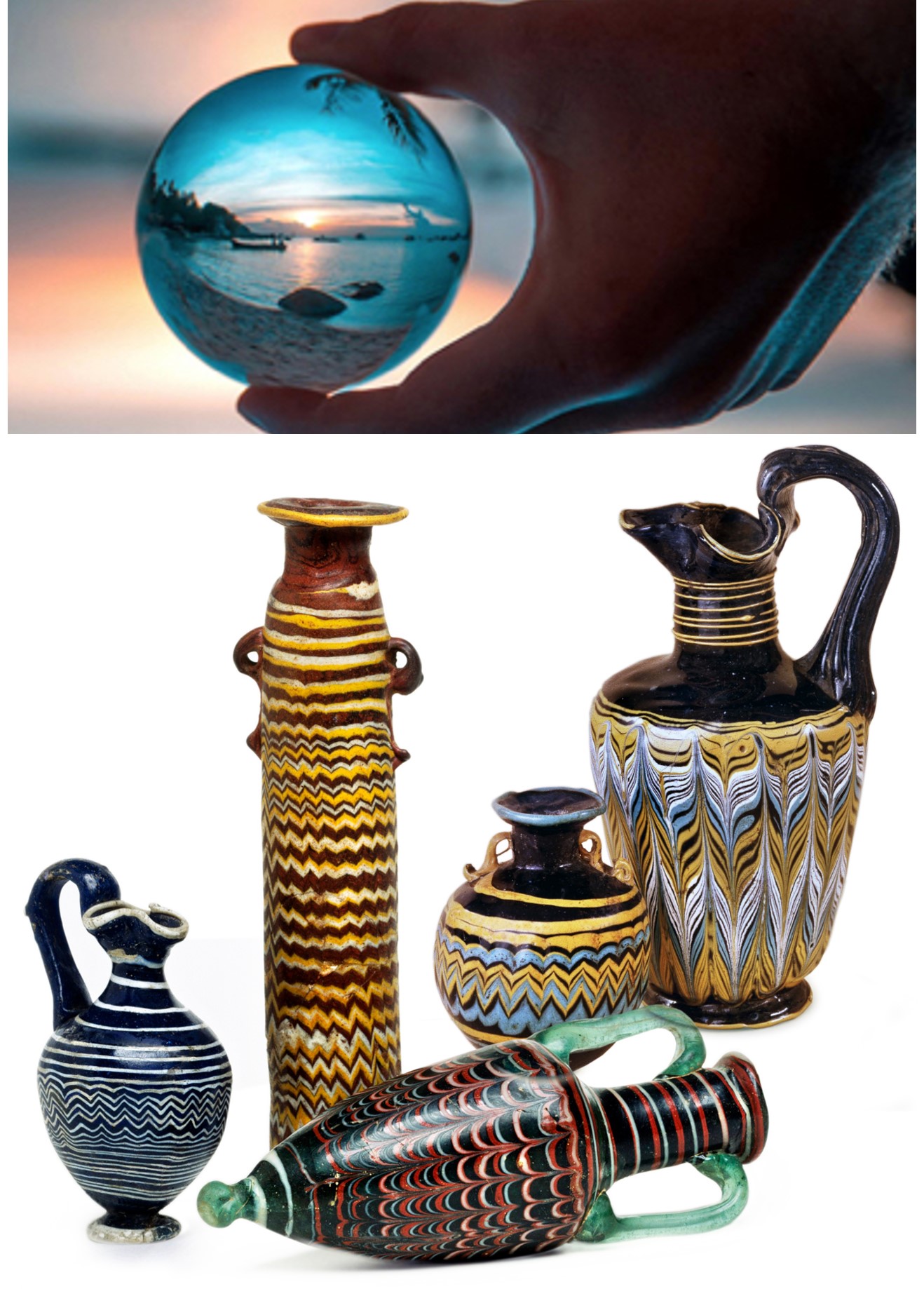
Thursday 13 June 2024
DOUBLE DUTCH: PROFIT AND PAIN IN THE 17TH CENTURY (THE ART AND CARTOGRAPHY)
Presented by Dr Robert Clancy
Time & Venue: 12:30pm and 6:00pm. Paddington Uniting Church, 395 Oxford Street, Paddington
The 17th century was all about globalisation, as European powers sought priority in trade with the east. No period is more beautifully illustrated than this, in contemporary maps. This period of Dutch dominance of trade with the East, was paralleled by its predominance amongst map makers and publishers, striving to keep the high ground in economic power. This presentation uses contemporary maps of great beauty, to illustrate the trade routes and discovery, from Roman, Silk Roads, then Portuguese and Dutch perspectives as regional control changed over the centuries. The European discovery of Australia was a consequence of this evolving trade route network, and again, no contemporary document better illustrates these findings than do maps. Especially by the Dutch, despite a total lack of interest in a perceived low economic zone.
Robert is a medical graduate and physician, with a PhD in auto immune disease, he was a clinical immunologist with a research interest in mucosal immunity and oral vaccines to manage chronic airways disease. Foundation Professor of Pathology at the innovative medical school in Newcastle. Robert has collected maps of Terra Australis for 40 years, as decorative documents of history – with special interest in Australia and Antarctica. Robert sees maps as a way of illustrating and understanding the past, he has written 4 books on historic cartography and lectures and writes widely on a variety of cartographic topics.

Thursday 18 July 2024
PORTRAITS OF THE MAHARANIS
Presented by Dr John Stevens
Time & Venue: 12:30pm and 6:00pm. Paddington Uniting Church, 395 Oxford Street, Paddington
The Maharajahs and Maharanis of India were semi-independent rulers, responsible for governing territories outside the direct control of the British Empire. They fascinated the British public and functioned as powerful symbols of ‘exotic India’. This lecture provides insights into their lives and memoirs, with a broader view of the role they played in the Empire, drawing on extensive collection of portraits & photographs of Indian Maharanis. These images and the costumes they depict are stunning works of art in their own right, providing some of the earliest images of Indian women, which portray them as powerful, dignified and educated figures.
Dr John Stevens is a Research Associate at SOAS, University of London and holds a PhD in History. He teaches and publishes on British Imperial and Indian history as well as teaching Bengali, and is a regular visitor to India and Bangladesh. His biography of Indian guru Keshab Chandra Sen was published in 2018. He appears regularly in the Indian media and recently on BBC Radio 4, discussing the poet and artist Rabindranath Tagore.
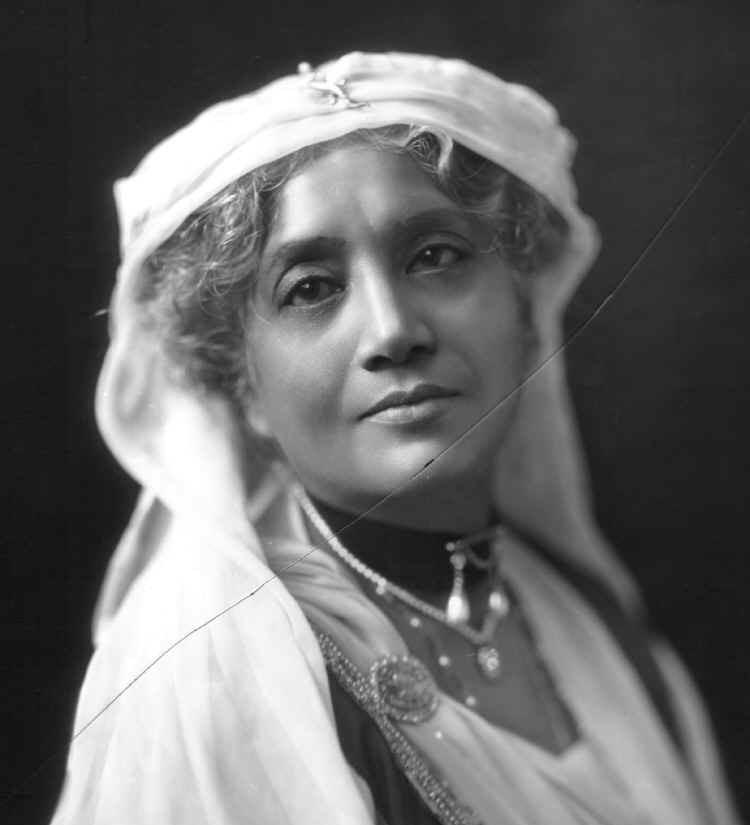
Thursday 15 August 2024
WHAT HAVE THE HUGUENOTS EVER DONE FOR US? MASS MIGRATION AND THE ARTS IN BRITAIN
Presented by Vivienne Lawes
Time & Venue: 12:30pm and 6:00pm. Paddington Uniting Church, 395 Oxford Street, Paddington.
The mass migration of the French Protestant Huguenots in the 16th and 17th centuries impacted the arts, the military and finance sectors of the countries to which they fled following Catholic persecution in their homeland. This lecture focuses on three areas of the arts impacted by the migration: the silk weaving industry; the silversmiths and ceramicists introducing Rococo style into Britain; and the baroque style of the great Huguenot designer, Daniel Marot, who worked for William and Mary at Hampton Court. We see how the artistic works of the Huguenots changed material culture and became integrated into British national identity.
An art historian, art market analyst and curator/ writer, Viv Lawes combines a hands-on career in the art business with research and teaching in Higher Education at several London-based universities. Her courses include The Art Market, History of Western Art and Design 1350-1970, and Asian Art. Viv has curated numerous exhibitions of Southeast Asian contemporary art in London and Singapore. She writes for many publications and private clients, for both academic and general readership.
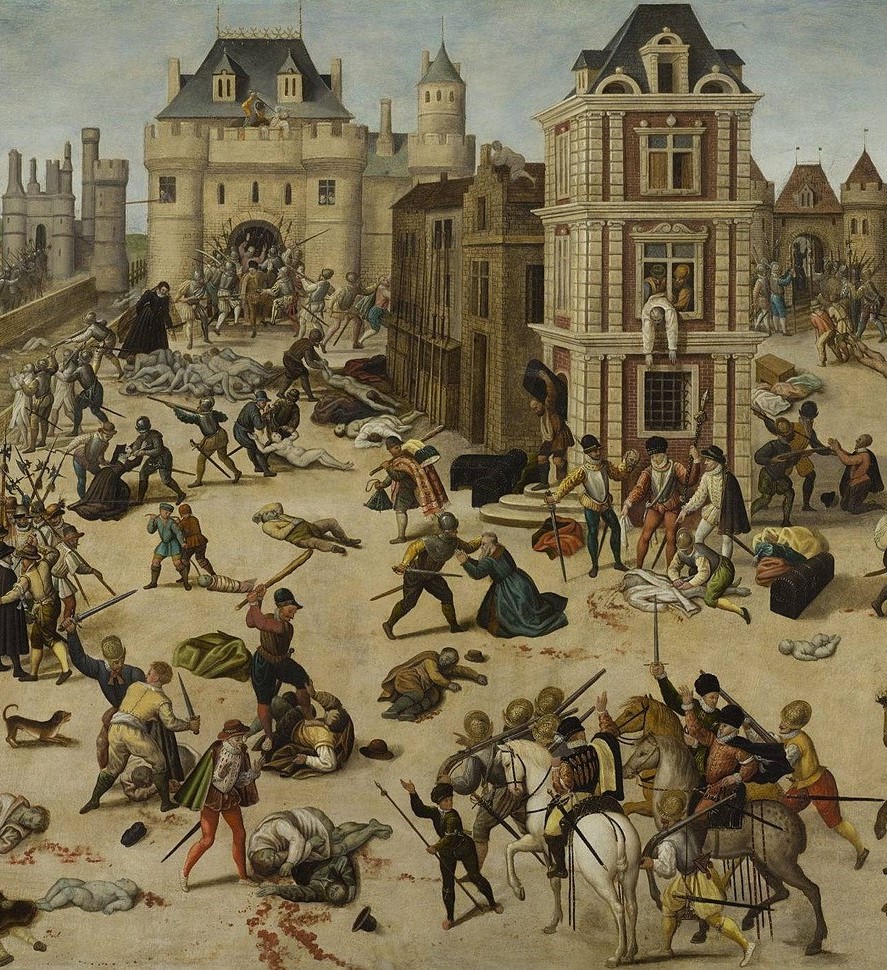
Thursday 19 September 2024
BREECHES, BONNETS AND BAGS
Presented by Rosalind Whyte
Time & Venue: 12:30pm and 6:00pm. Paddington Uniting Church, 395 Oxford Street, Paddington
Portraits provide a fascinating insight into changing styles of dress over the centuries. This lecture follows the different fashions as revealed in paintings, looking at dress and accessories, and some of the more ridiculous styles of fashion from the 16th century to the 19th century. It focuses particularly on fashion in England, but looks also at some contrasting Continental fashions. In times when Sumptuary Laws prescribed what you could wear, according to your status in society, fashion was less a personal choice and more a reflection of social standing. Have fun exploring the wildest extremes of fashion through the ages.
Rosalind holds a BA and MA from Goldsmith’s College, and an MA (distinction) from Birkbeck College. She is an experienced guide at Tate Britain, the Tate Modern, the Royal Academy and The National Maritime Museum, Greenwich.She lectures at the Tate, to independent art societies and on cruises.
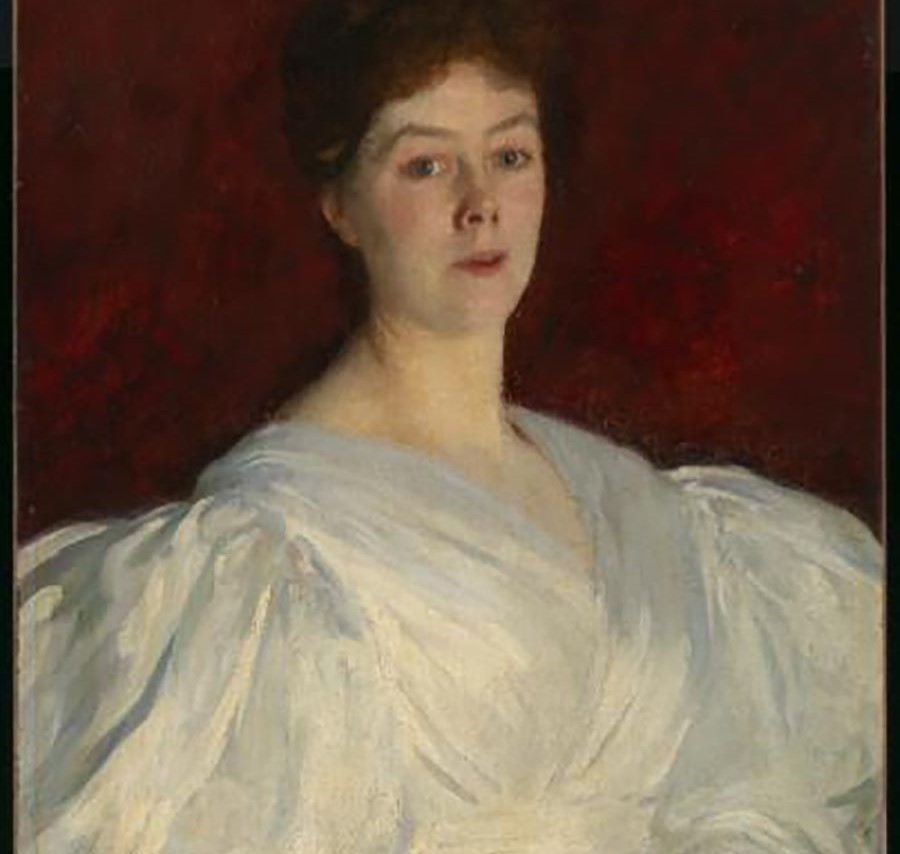
Friday 20 September 2024
INTEREST DAY: HISTORY OF THE ROYAL ACADEMY OF ARTS, LONDON
Time: 9:45 for 10:00am to 3:00pm
Venue: The Royal Sydney Golf Club Kent Road, Rose Bay
Cost: Includes morning tea/coffee & lunch
$150 per member
$175 per guest
In 2018 The Royal Academy of Arts celebrated its 250th anniversary. We consider the position of artists before and after the formation of the Academy in 1768 and some of the characters involved, such as its first President, Sir Joshua Reynolds, and other establishment figures, to artists such as the Pre-Raphaelites, who have taken a more oppositional stance. Like any important institution, the Academy has been embroiled in intrigue and controversy over its lifetime. No scandal or outrage will remain unexposed, as we trace the history of one of Britain’s most important cultural bodies, from inception to the present day.
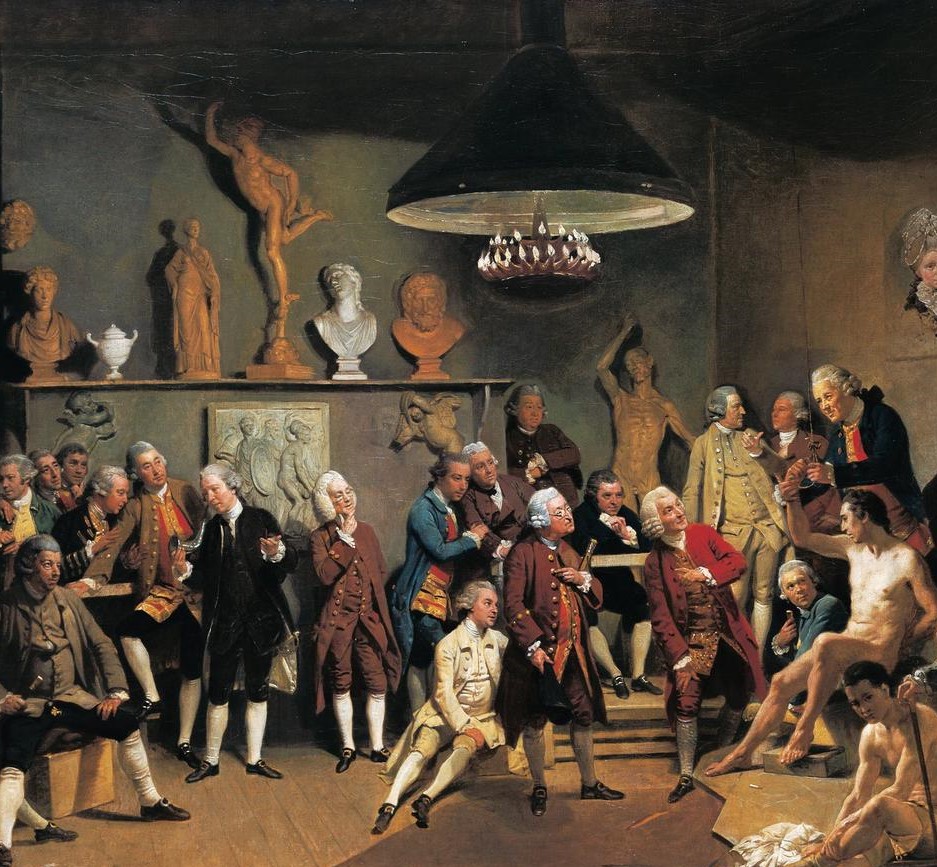
24 October 2024
MATISSE: SIMPLE BEAUTY
Presented by Paul Chapman
AGM: 12:30pm
LECTURE: 1:10 pm & 6:00 pm
Venue: Paddington Uniting Church, 395 Oxford Street, Paddington
Matisse is regarded as one of the artists who best helped to define revolutionary developments in the visual arts throughout the opening decades of the twentieth century. His intense use of colour between 1900 and 1905 brought him notoriety as one of the Fauves (wild beasts). During WWI he moved to the South of France, here his work became more figurative and he was heralded as an upholder of the French Classical tradition. In later age he had a second flourish as an avant-garde artist. A truly important art figure and an inspiration to countless generations of painters that followed.
Paul is an Art Historian and a National Gallery trained guide with considerable experience in education. Paul delivers courses and lectures for educational organisations as well as tours for art associations/societies in Museums and Galleries in the UK and Europe. He is a guide at Longford Castle art collection in Wiltshire and is a visiting tutor at Marlborough College. Paul has published a book on cultural crossovers and appropriations in 20th century painting.
